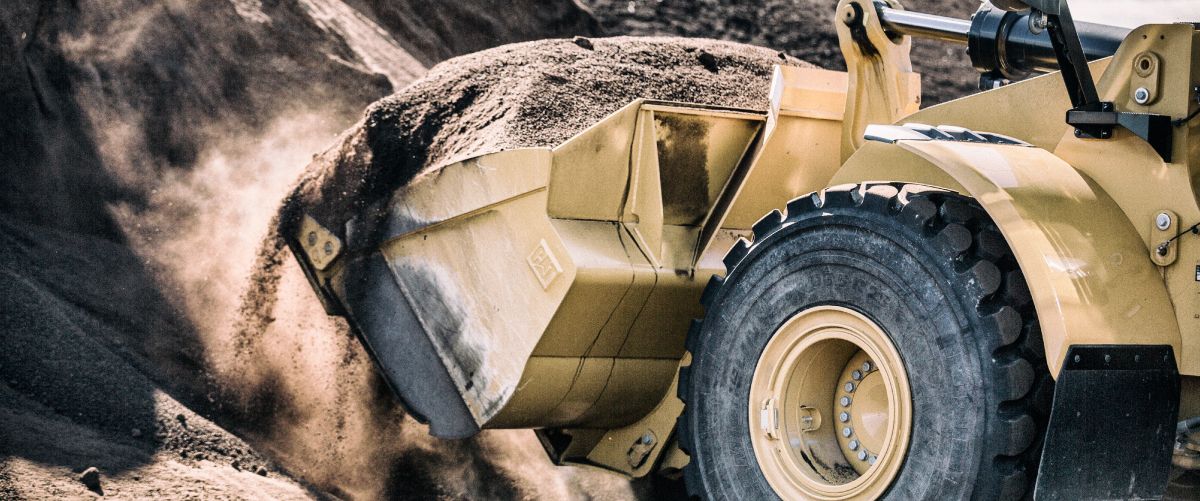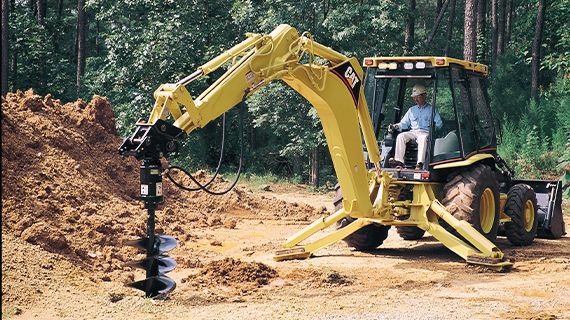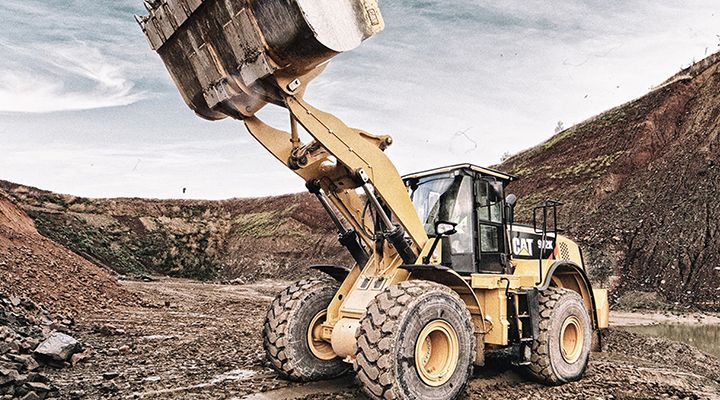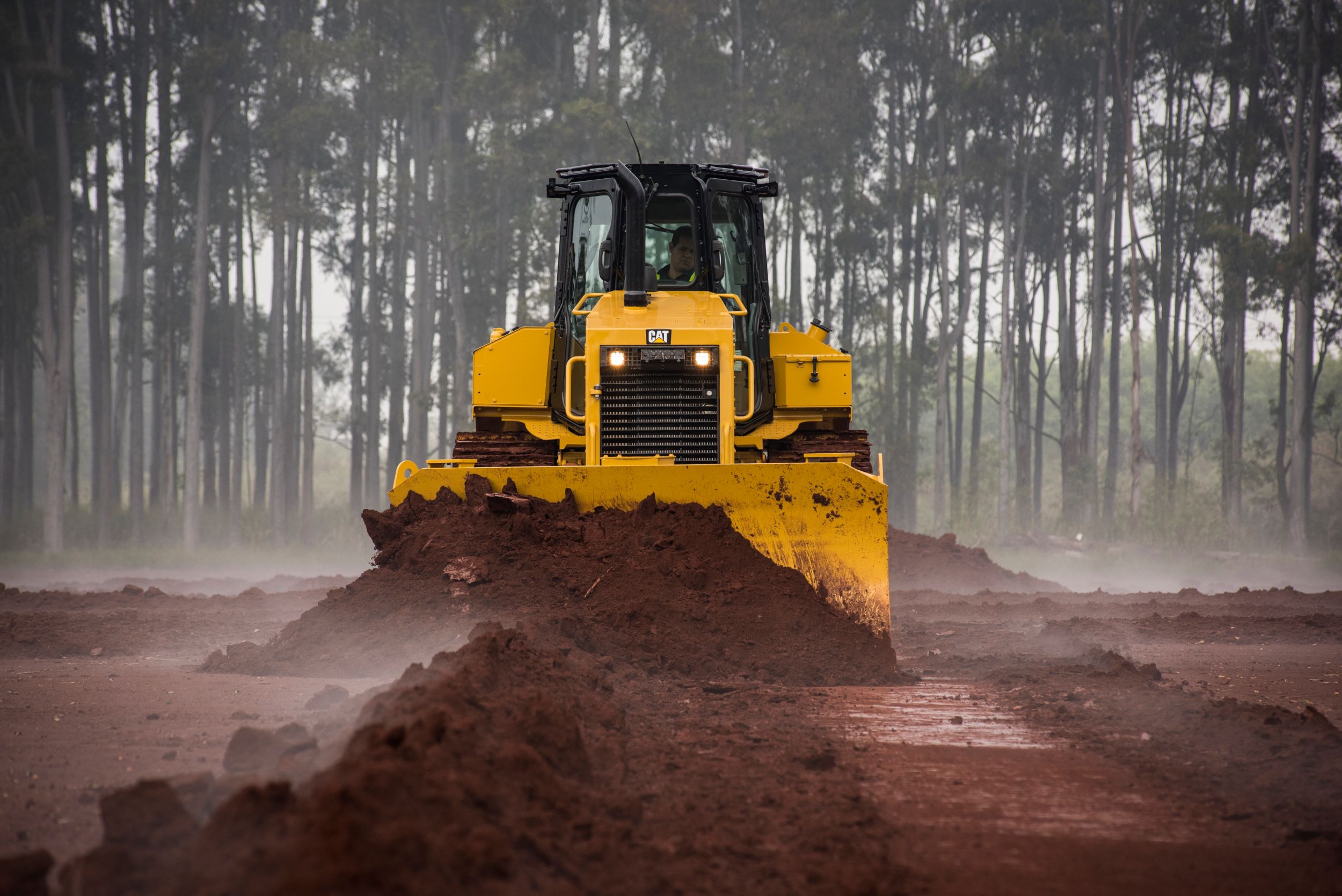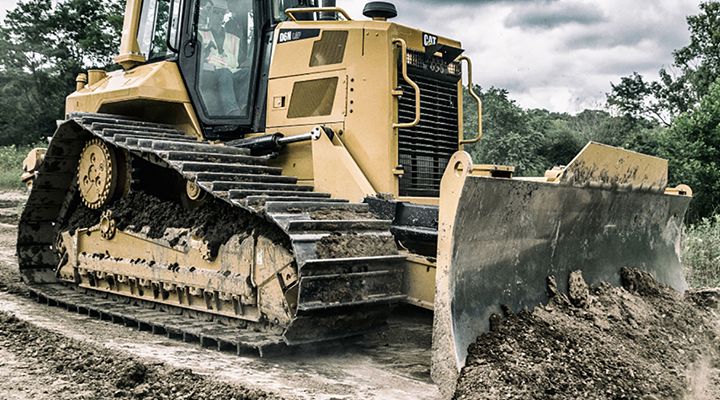

Sign In
Welcome! Sign In to personalize your Cat.com experience
If you already have an existing account with another Cat App, you can use the same account to sign in here
Register Now
One Account. All of Cat.
Your Caterpillar account is the single account you use to log in to select services and applications we offer. Shop for parts and machines online, manage your fleet, go mobile, and more.
Account Information
Site Settings
Security
6 MISTAKES YOU MAY BE MAKING WHEN CHOOSING A BUCKET
When to comes to selecting a bucket for your heavy equipment, the wrong decision could increase your costs by 10 to 20%–and cut productivity at the same time. As we talk with contractors about the bucket choices they made, here’s how they describe some of the mistakes they wish they’d avoided.
“We started with the machine.”
It seems pretty natural to pick a machine first, then choose its bucket. But some experts say it makes more sense to use a process like this:
• Start with the material you’ll be handling. Identify its density range, moisture level, hardness, abrasive qualities and other characteristics.
• Consider the capacity of the machine you’ll be loading. How many loads will you need to move every day? What size bucket will give you the ideal pass match?
• Once you know what size bucket is required, select the machine that can accommodate it.
“We chose the least expensive one.”
Most buckets look the same, but there can be big differences in design that make the lower-priced option a higher-cost choice. Some things are worth paying for.
• Efficient geometry. A streamlined profile can improve visibility and allow faster loading. A longer bucket floor can reduce cycle time. Curved side plates and an integrated spill guard can improve material retention. It all adds up to higher productivity at a lower cost.
• Thicker plates. Check the specs to verify plate thickness for the key parts of the bucket. If a lower priced model has considerably thinner plates, it’s probably no bargain.
• Harder material. Regardless of thickness, confirm the hardness of the plate material. You’ll pay for additional hardness, but the bucket will last longer.
• Quality wearable parts. Examine the edges, side cutters and teeth for material thickness, reusability and ease of installation. Higher quality wear parts can deliver big returns when it comes to productivity and maintenance costs.
“We stuck with the one we’d been using in the past.”
Buckets have changed a lot, so take time to find out what’s new. You may discover that the bucket you’ve been using forever is no longer the best option for your application.
“We went big.”
It can be tempting to chase higher production numbers with a bucket that’s a bit too large for the machine you’re running. But overloading—even a few percentage points above the recommended capacity limit—accelerates wear, reduces component life and sets you up for unplanned failure, unexpected downtime and high cost repairs.
“We only bought one.”
A general-purpose bucket can be very versatile, but there are definitely situations in which multiple buckets are required. Perhaps you split your time between moving gravel and handling recycled concrete. Or maybe your work involves loading rock and scooping snow. When it comes to justifying more than one bucket, many factors come into play. Get guidance from your equipment dealer.
“We didn’t gather enough data.”
Like most big decisions, the bucket selection process benefits from the use of good data. For best results, talk with your equipment dealer and be prepared to provide these types of information:
• Production and cost objectives
• Material density and characteristics
• Principal application(s)
• Transport distance
• Utilization of current machines
• Condition of machine that will use new bucket
• Truck/loader match-ups
• Operator skills
With quality data and advice from an expert, you’ll avoid the mistakes others have made and end up with the best bucket for your business. Learn more about Cat buckets here.
RELATED ARTICLES
You’re here to get ideas to grow your business. Read on for machine insights and expert tips and tricks to get more out of every job.
-
The Governmental Solutions 2018 Buyers’ Guide
The Governmental Solutions 2018 Buyers’ Guide is your one stop for information on Cat equipment and much more.
Learn More -
Optimize Wheel Loader Performance and Productivity
How do you optimize Wheel Loader Performance and Productivity? Take a look.
Learn More -
How to Measure Loose Density in the Field
Material Density determines bucket and machine choices. Construction companies often select the size of machine they believe is required and equip it with a standard bucket, but this approach might short change productivity.
Learn More -
Who says Blades are Boring?
Today’s dozer blades are sophisticated tools. And you can’t make money without them—which makes them far from boring. So before you choose a blade, give some thought to how the decision could affect your bottom line.
Learn More
